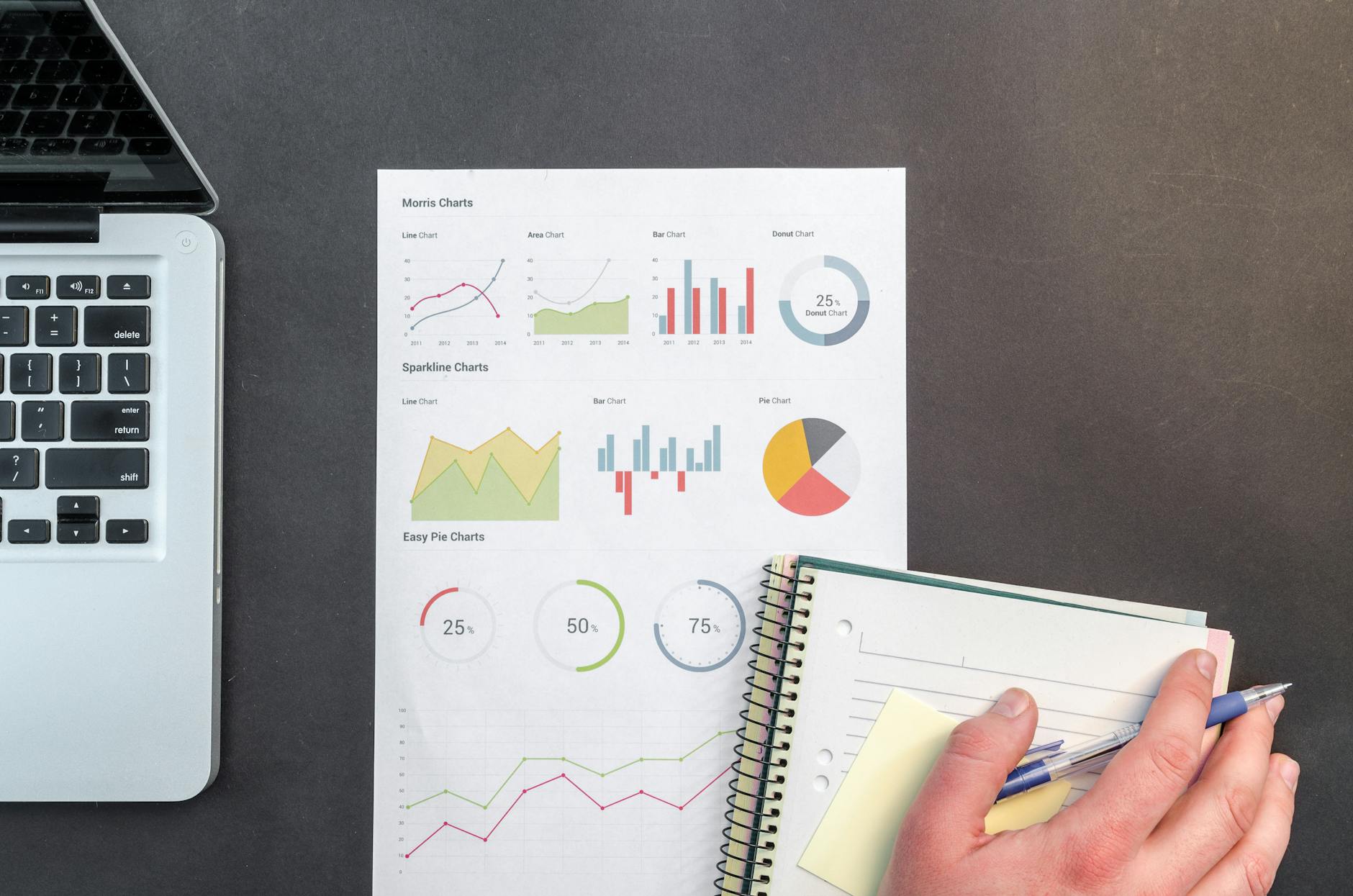Innovative Data Analytics Techniques for Financial Reporting Excellence
Innovative Data Analytics Techniques for Financial Reporting Excellence
In the rapidly evolving financial landscape, organizations face increasing demands for accuracy, transparency, and timeliness in financial reporting. Traditional methods are no longer sufficient to handle complex datasets and uncover actionable insights. Innovative data analytics techniques have emerged as powerful tools that transform raw financial data into strategic assets. This article explores how these advanced methodologies—ranging from predictive analytics to automation—are redefining financial reporting processes. Companies leveraging these techniques not only enhance report accuracy but also drive better decision-making, regulatory compliance, and operational efficiency. Readers will gain a comprehensive understanding of the key innovations reshaping financial reporting and practical insights on integrating these advancements into their own reporting practices.
Harnessing predictive analytics for proactive reporting
Predictive analytics utilizes historical financial data combined with statistical algorithms to forecast future trends and financial outcomes. By incorporating machine learning models, finance teams can anticipate revenue fluctuations, expense trends, and cash flow challenges long before they occur. This forward-looking approach allows organizations to prepare more accurate budgets, mitigate risks, and avoid costly surprises during quarterly or annual reports. Furthermore, predictive analytics can identify anomalies or potential errors in data sets, minimizing discrepancies and enhancing the integrity of financial statements.
Automation and robotic process automation in data collection
One of the biggest challenges in financial reporting is the manual collection, consolidation, and validation of data from disparate sources. Automation, particularly robotic process automation (RPA), drastically reduces the time required for these repetitive tasks. Bots can gather transactional data, clean it, and standardize it according to predefined rules without human intervention. This not only improves the speed of report generation but also reduces errors caused by manual entries. Additionally, automation frees finance professionals to focus on deeper analytical tasks, thus improving the quality of financial insights.
Visual analytics for enhanced report interpretation
Complex financial reports often overwhelm stakeholders who lack technical accounting knowledge. Visual analytics transforms raw data into easily interpretable charts, graphs, and dashboards. Interactive visualizations enable users to drill down into specific financial metrics and explore relationships between variables. By using tools like heatmaps, waterfall charts, and trend lines, organizations can communicate financial performance more effectively. This enhances stakeholder engagement and facilitates faster decision-making based on intuitive insights rather than just numbers on a page.
Integrating real-time data for continuous reporting
The emergence of real-time data integration into financial reporting is revolutionizing how companies monitor their financial health. By connecting ERP systems, payment platforms, and market data feeds directly to reporting tools, organizations achieve continuous reporting capabilities rather than static, periodic statements. Real-time visibility allows managers to react swiftly to changing financial conditions, maintain regulatory compliance, and improve strategic planning. Moreover, continuous reporting enhances transparency for external auditors and investors, fostering greater trust and confidence.
| Data analytics technique | Main benefit | Typical applications | Impact on reporting |
|---|---|---|---|
| Predictive analytics | Forecasting and anomaly detection | Budgeting, risk management, forecasting | Improved accuracy and proactive insights |
| Automation (RPA) | Efficiency and error reduction | Data gathering, validation, consolidation | Faster and more reliable report generation |
| Visual analytics | Better communication and understanding | Dashboard creation, performance tracking | Increased stakeholder engagement |
| Real-time data integration | Continuous monitoring and transparency | Ongoing compliance, real-time dashboards | Timely decision making and trust building |
Conclusion
Financial reporting excellence today demands much more than just compiling numbers from various sources. Innovative data analytics techniques such as predictive analytics, automation, visual analytics, and real-time data integration are fundamentally transforming how organizations approach reporting. These methods promote accuracy, accelerate workflows, and turn complex data into clear, actionable insights. Moreover, they foster transparency and improve regulatory compliance, giving organizations a competitive edge in financial management. To achieve true excellence in financial reporting, companies must embrace these innovations, adapt their systems, and invest in the skills necessary to harness their full potential. Doing so will not only enhance the reliability of financial reports but also empower smarter, faster decision-making that drives long-term business success.
Image by: Lukas
https://www.pexels.com/@goumbik
editor's pick
latest video
news via inbox
Nulla turp dis cursus. Integer liberos euismod pretium faucibua


